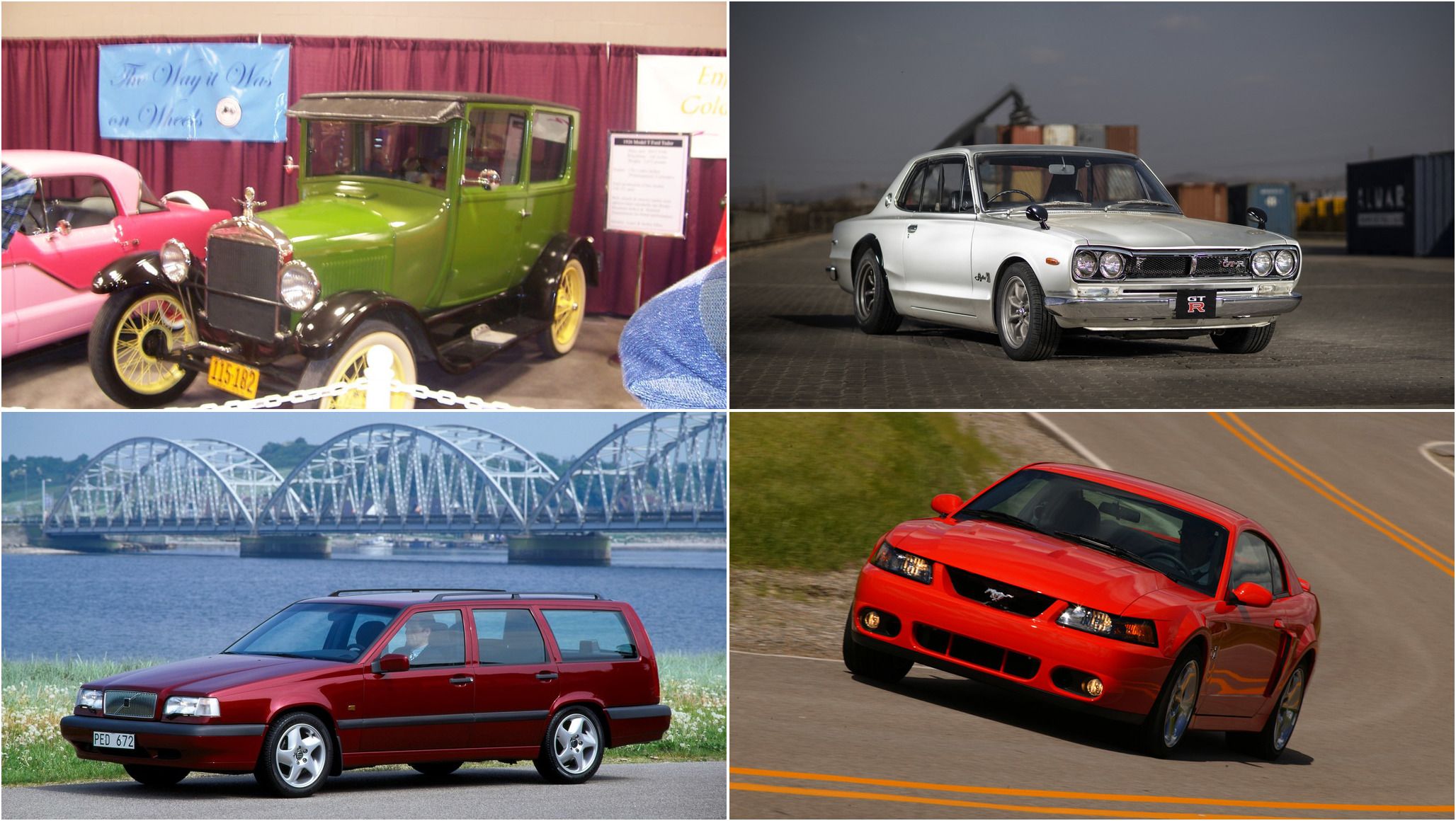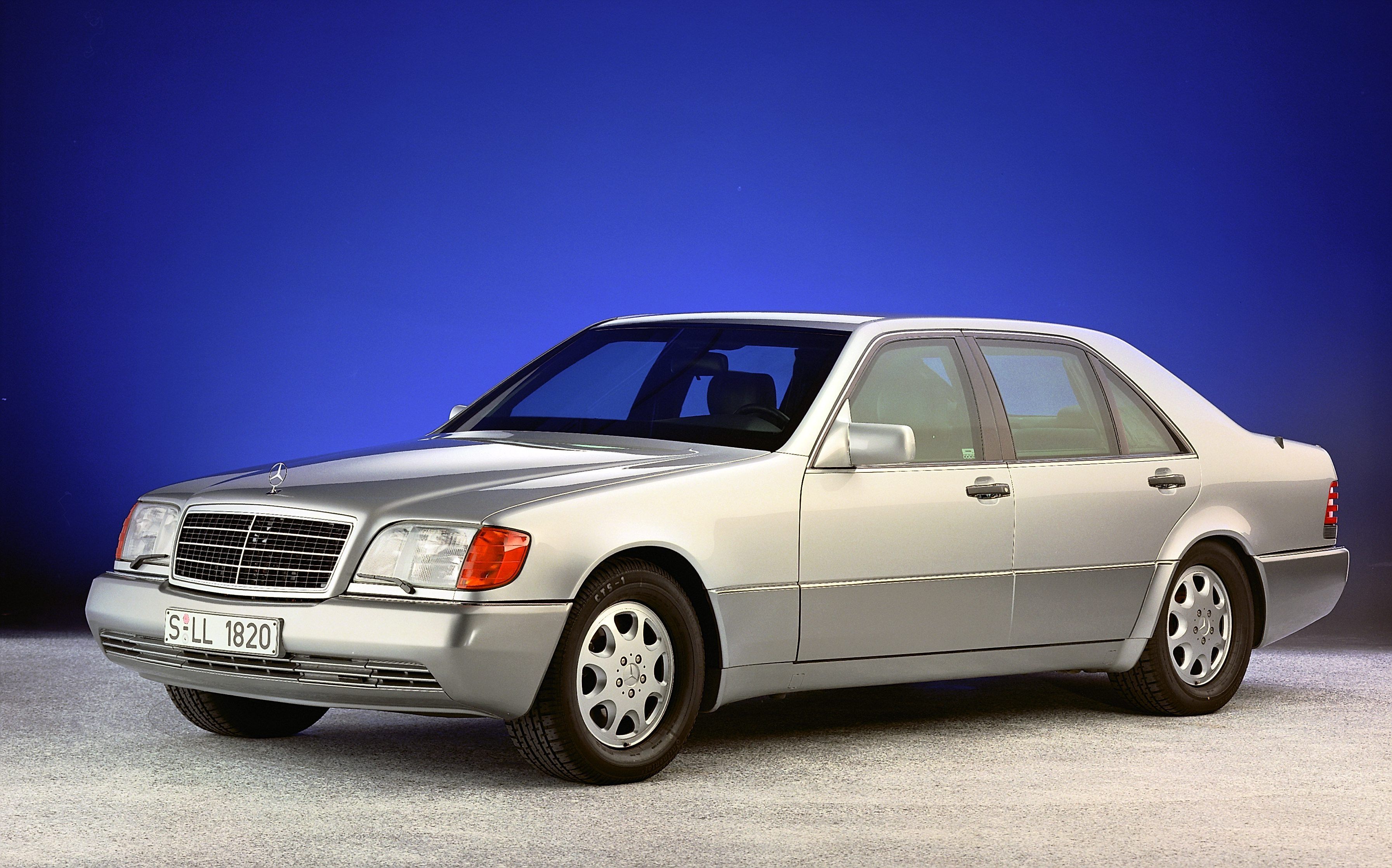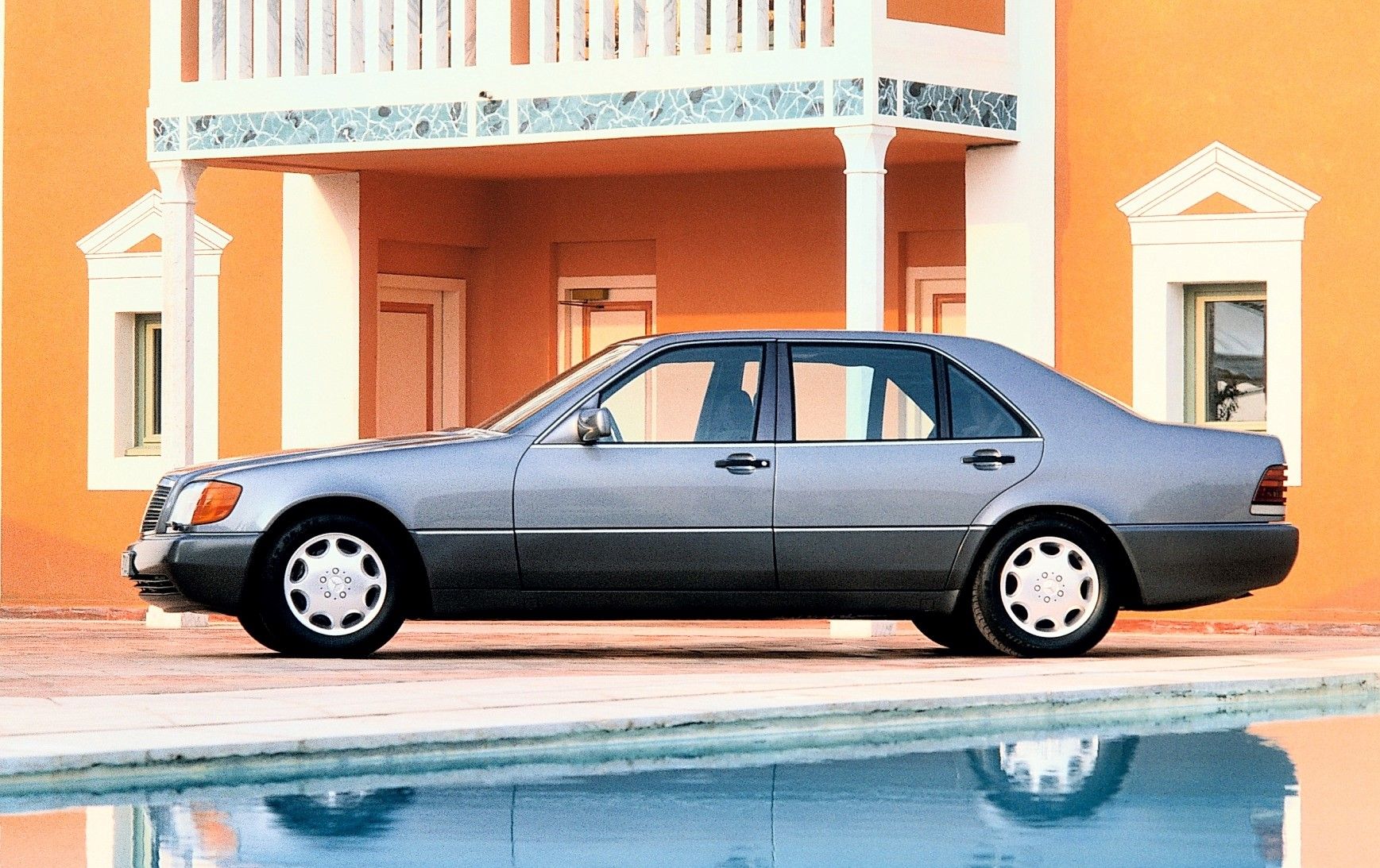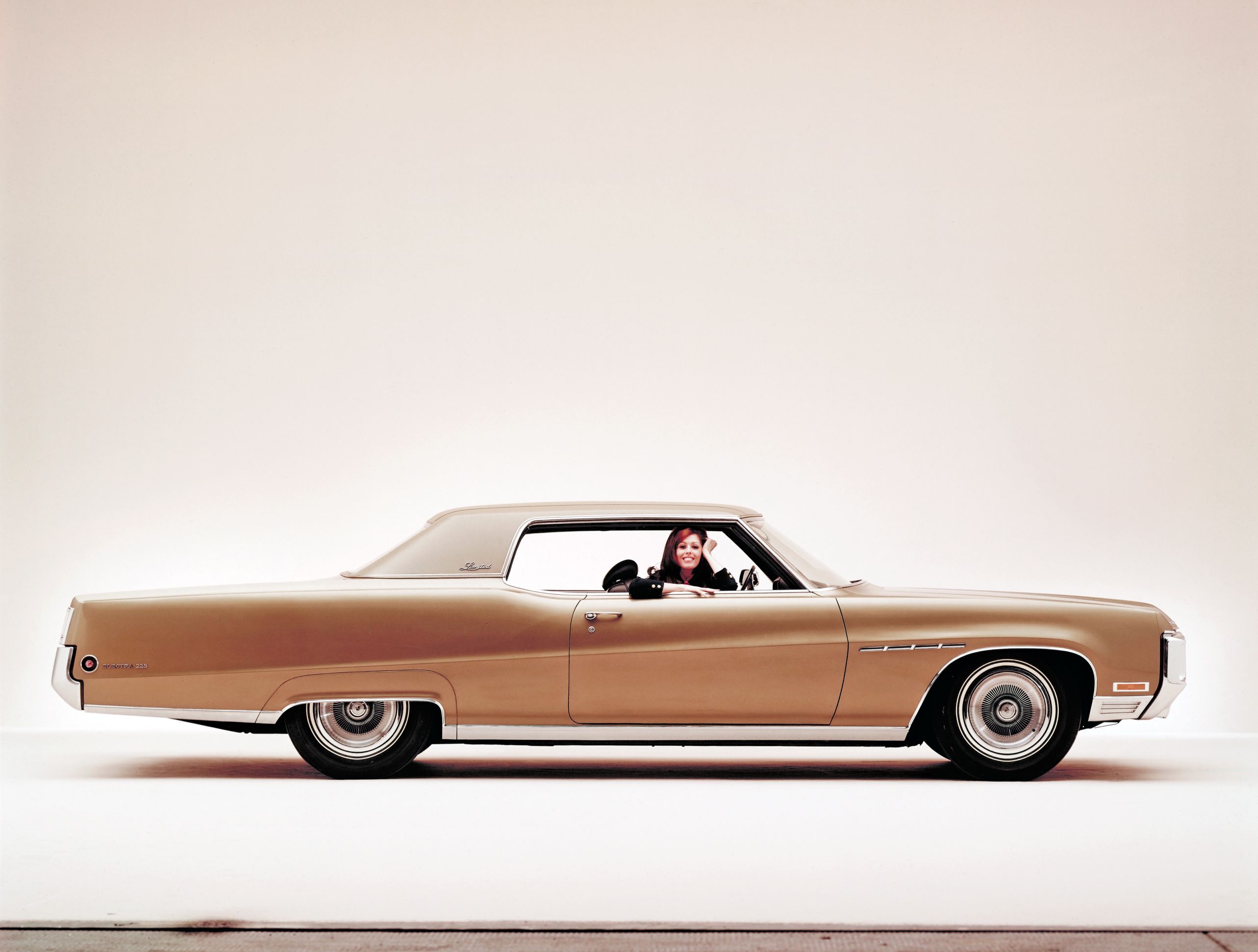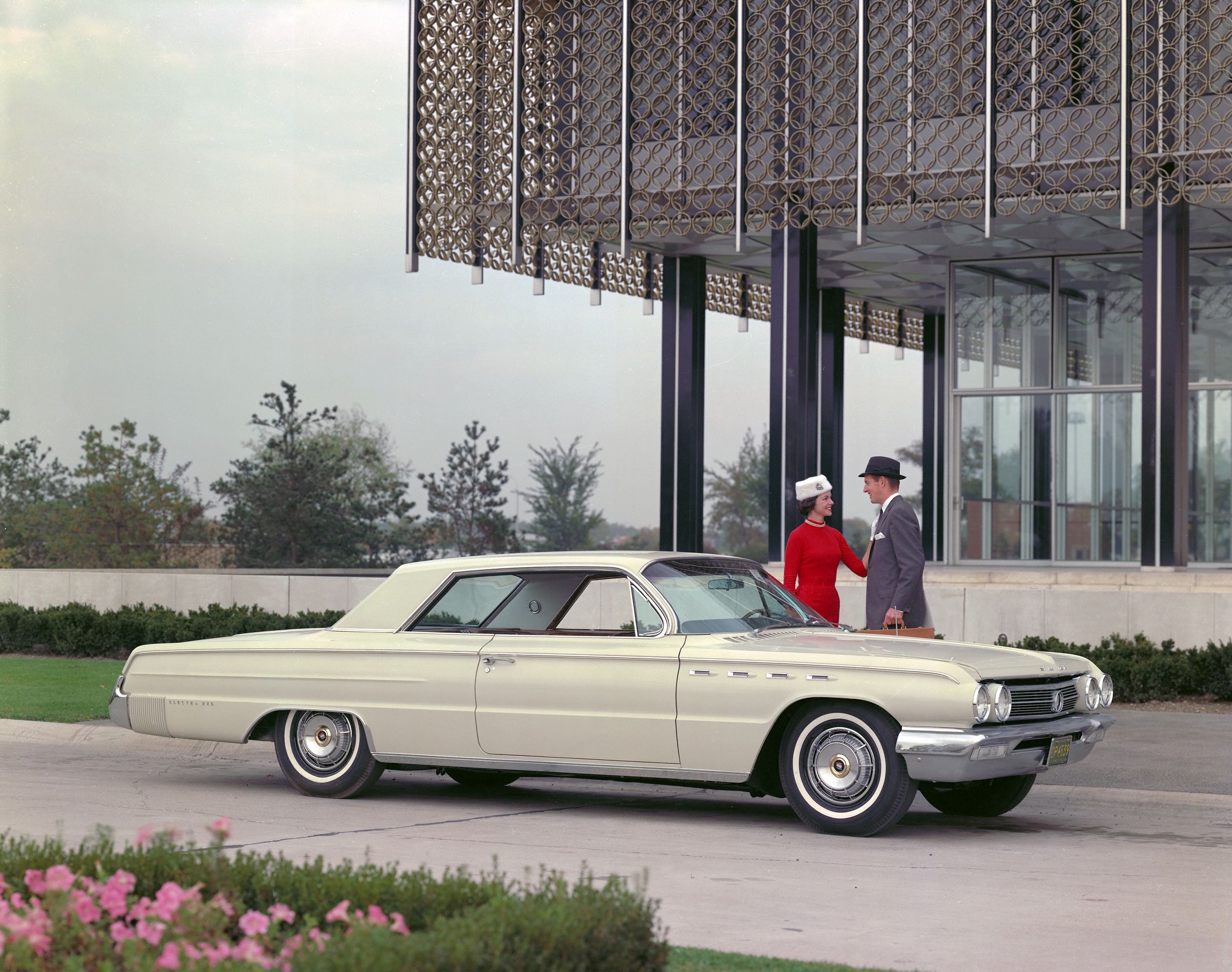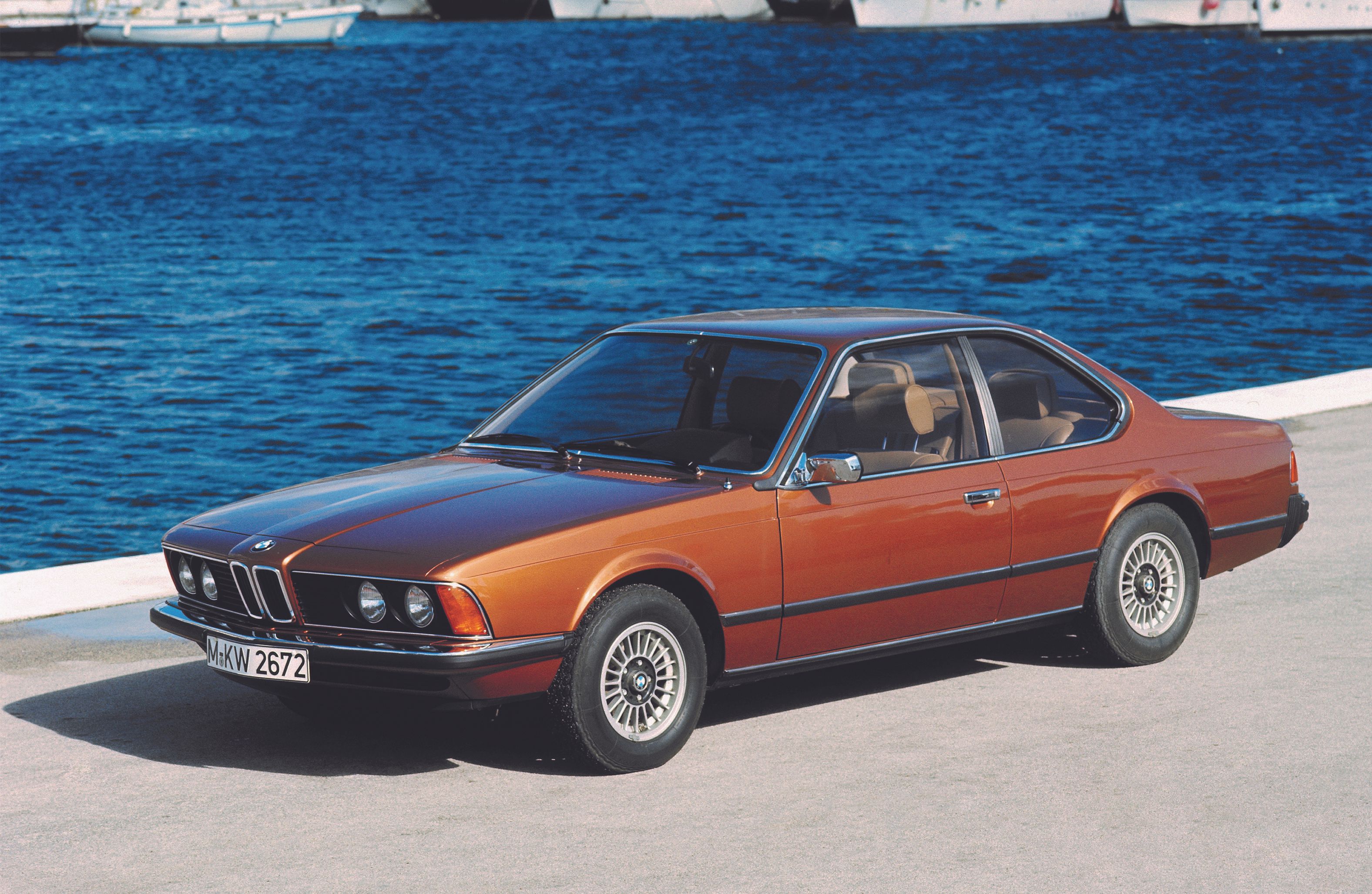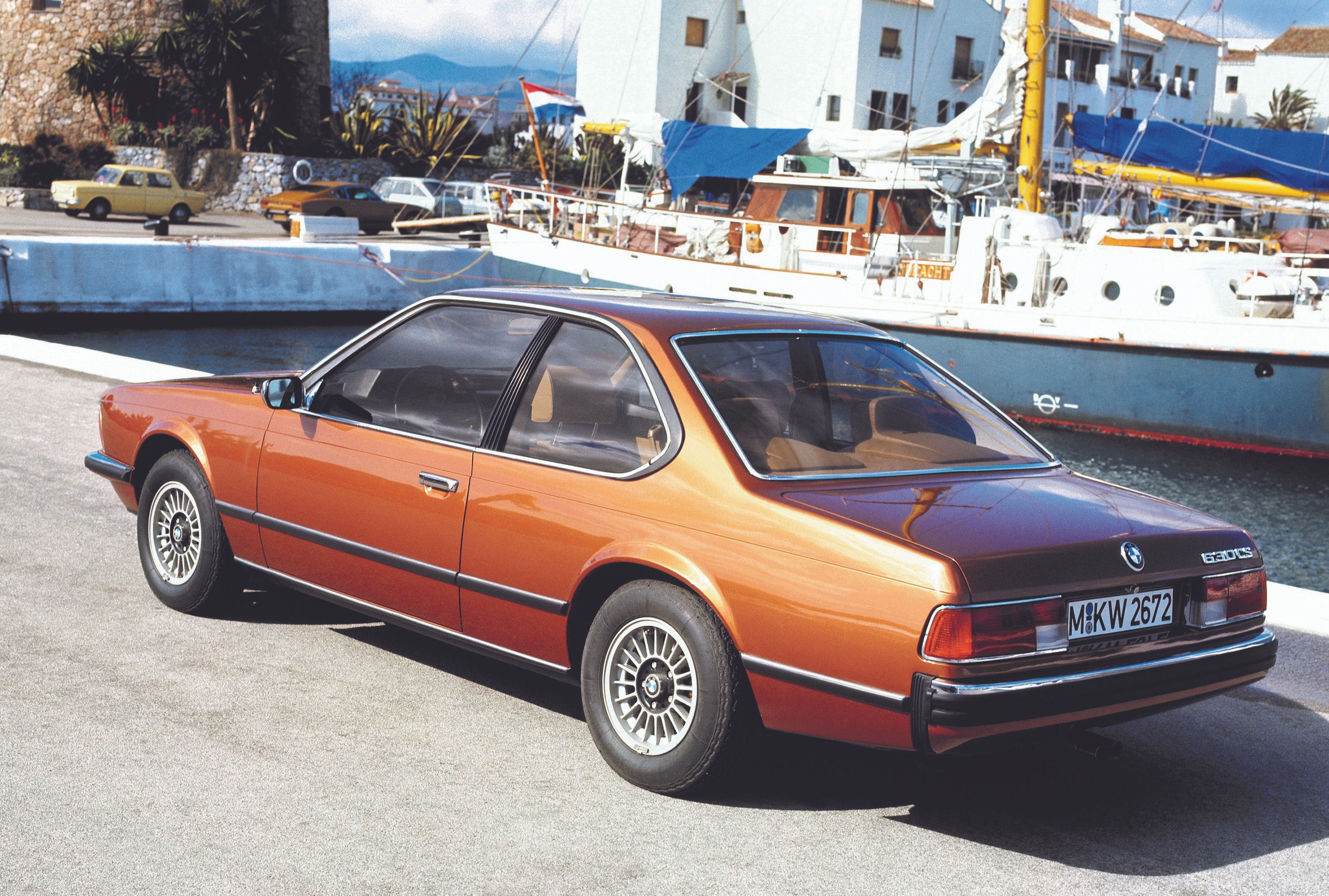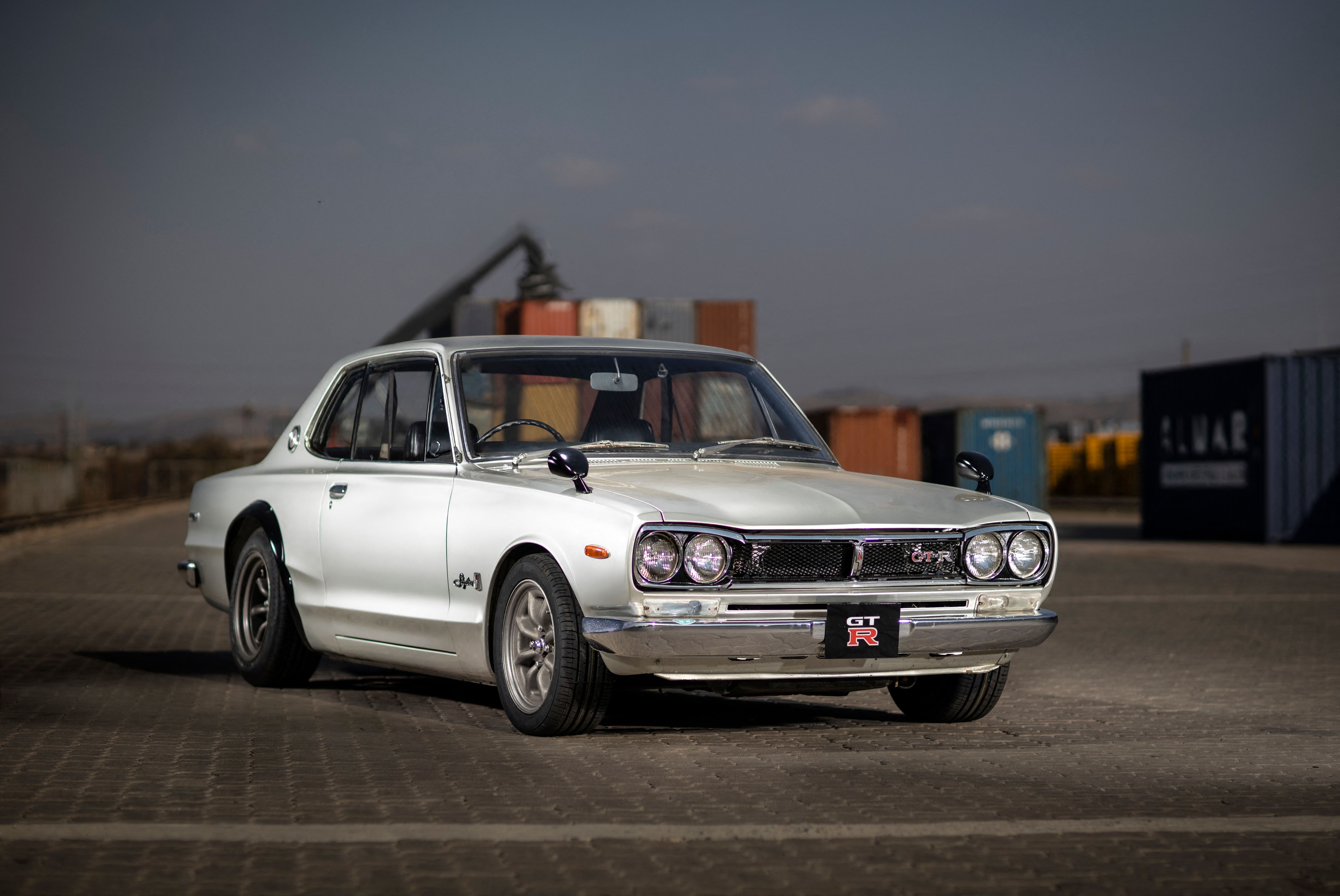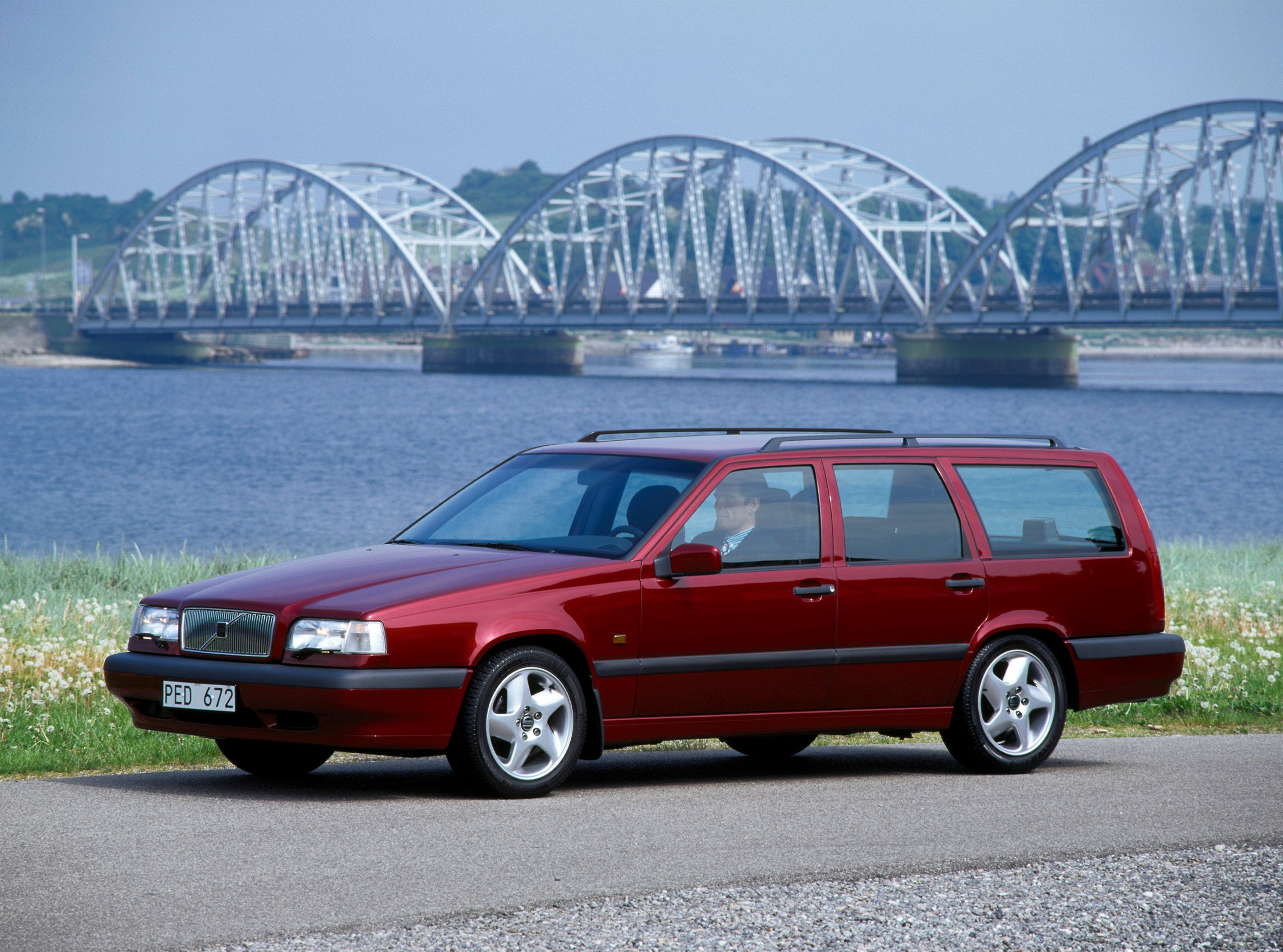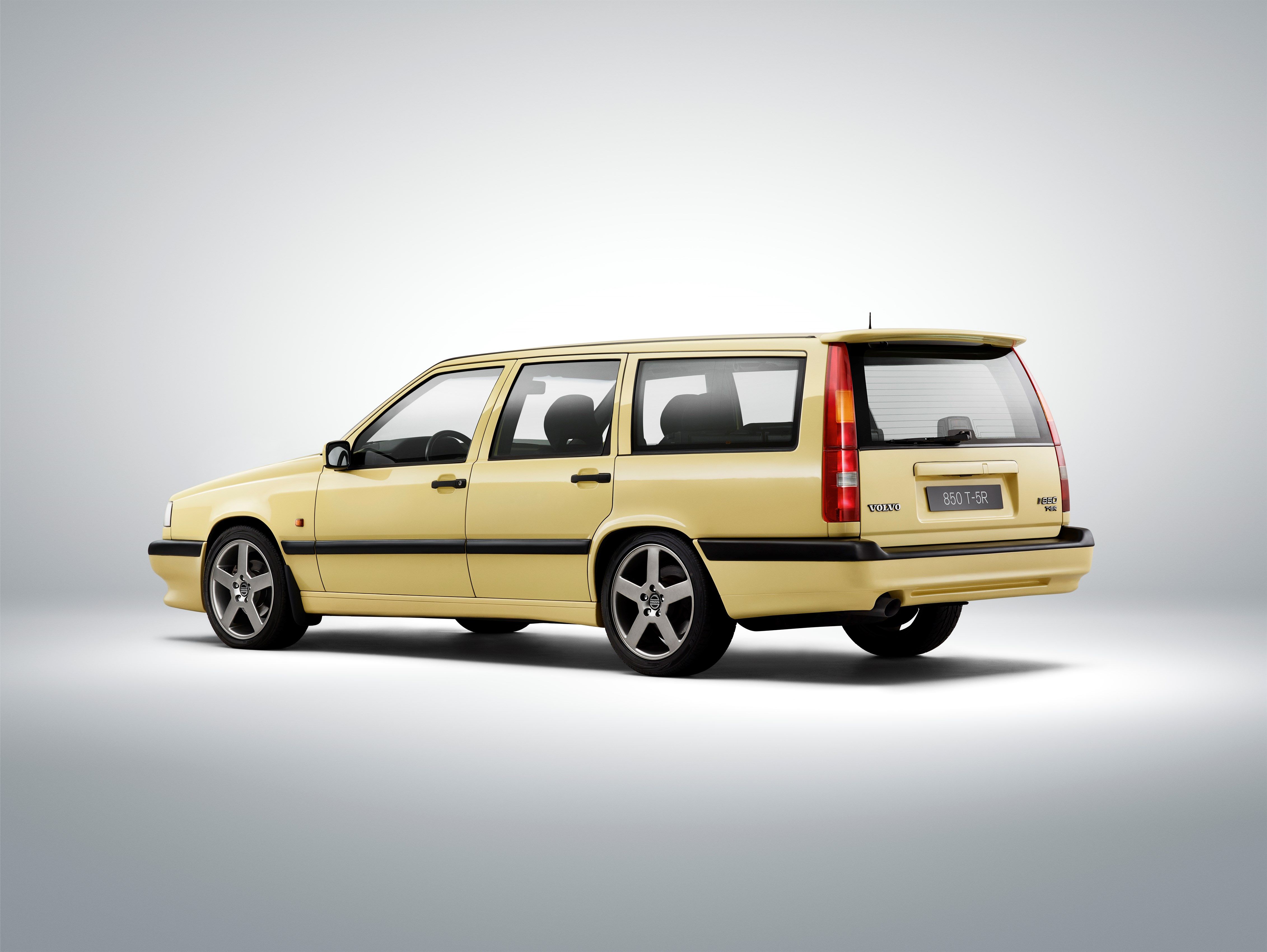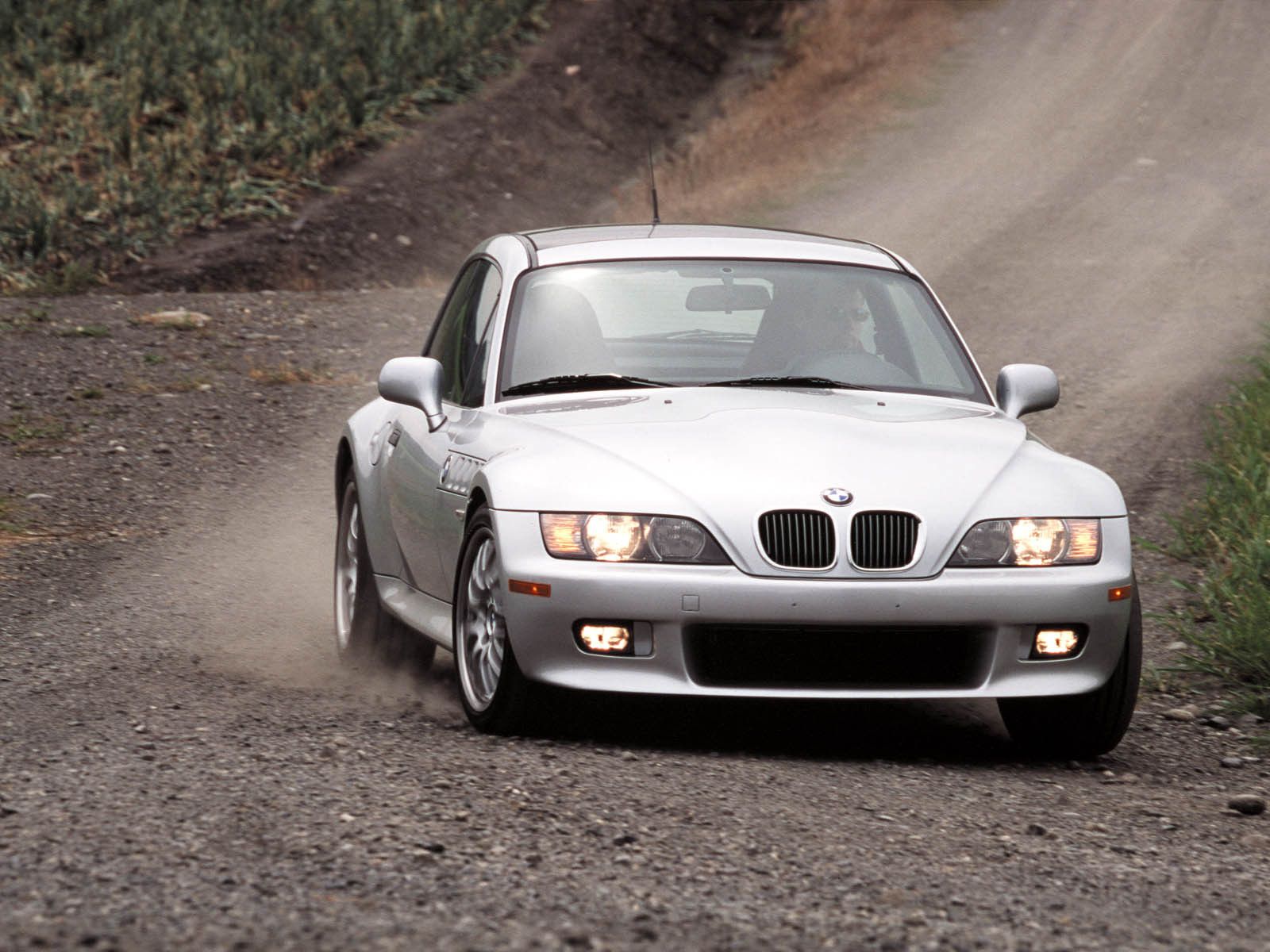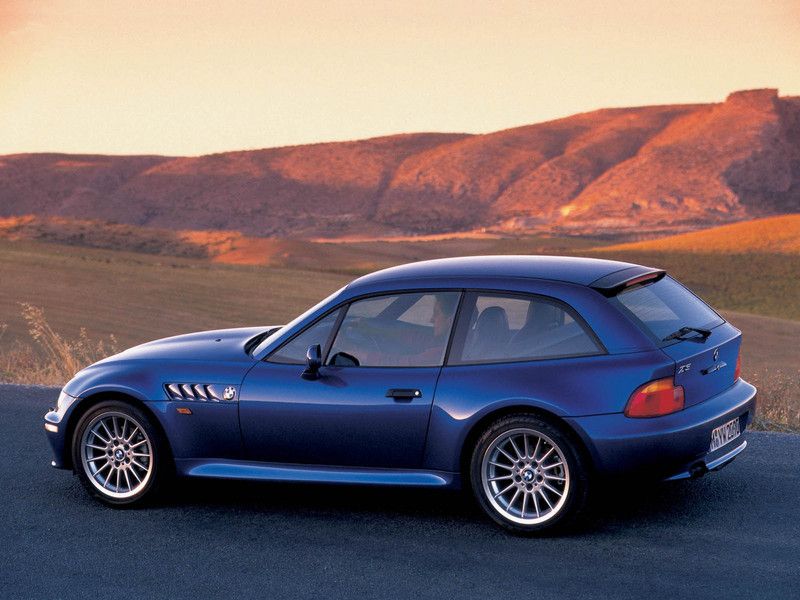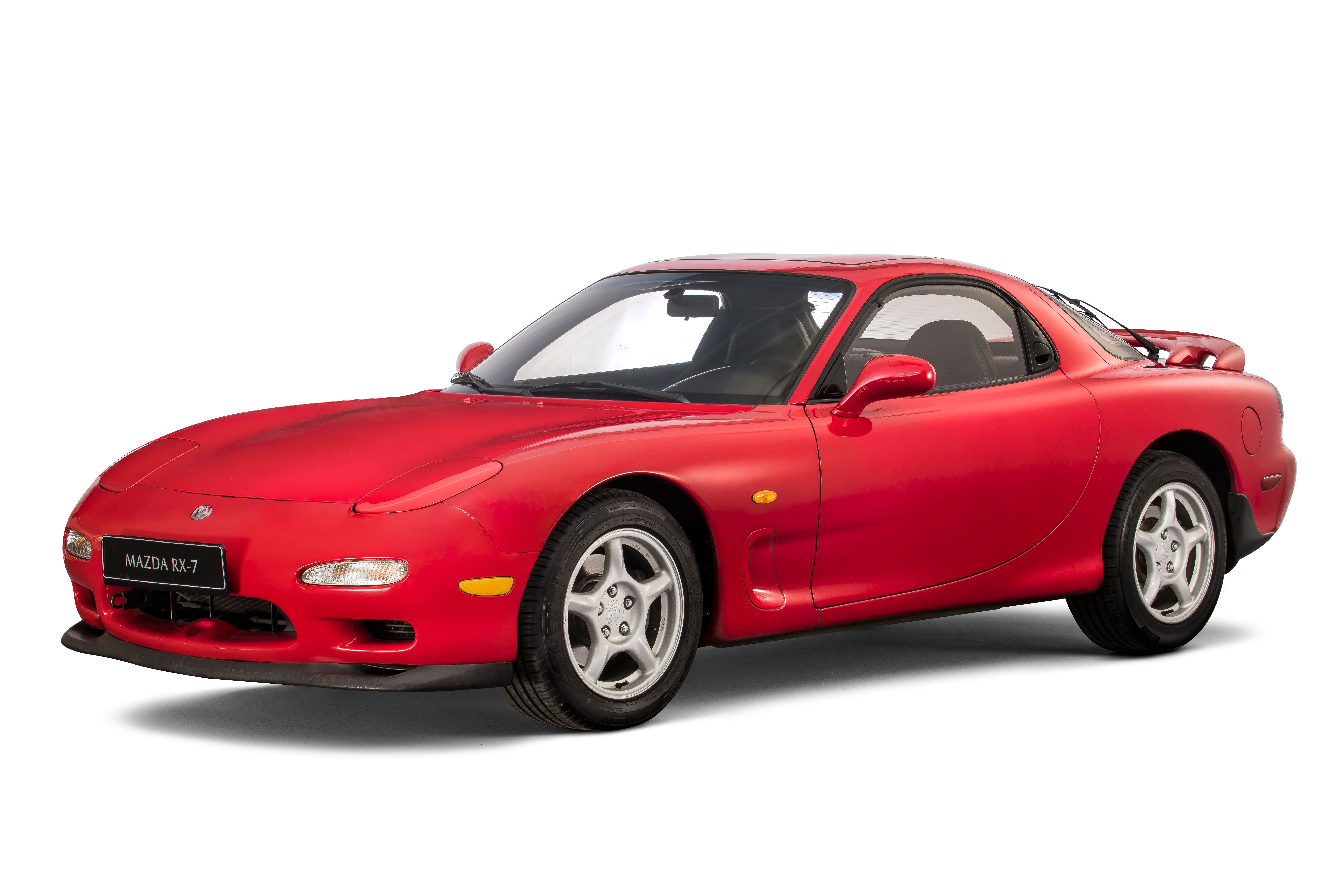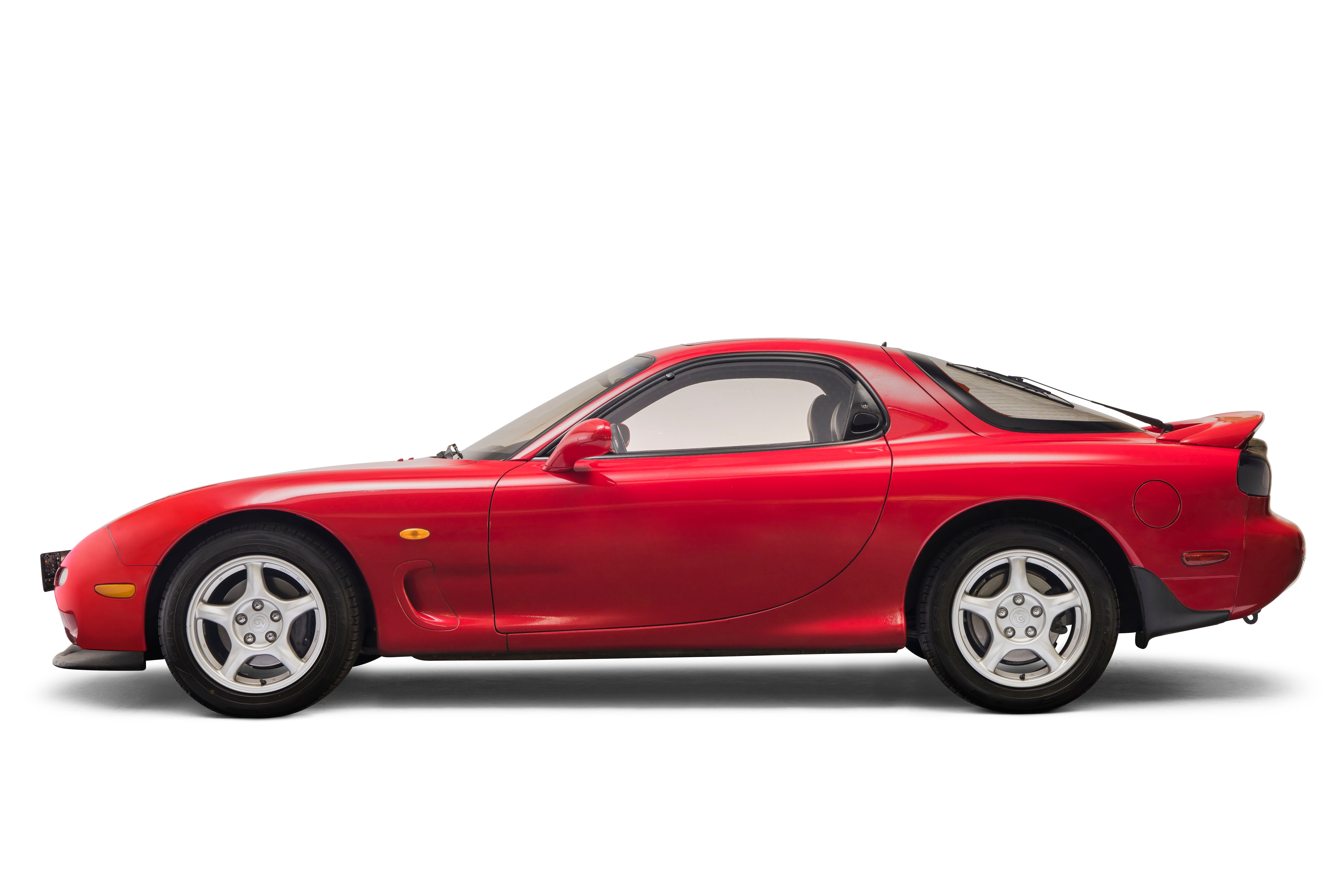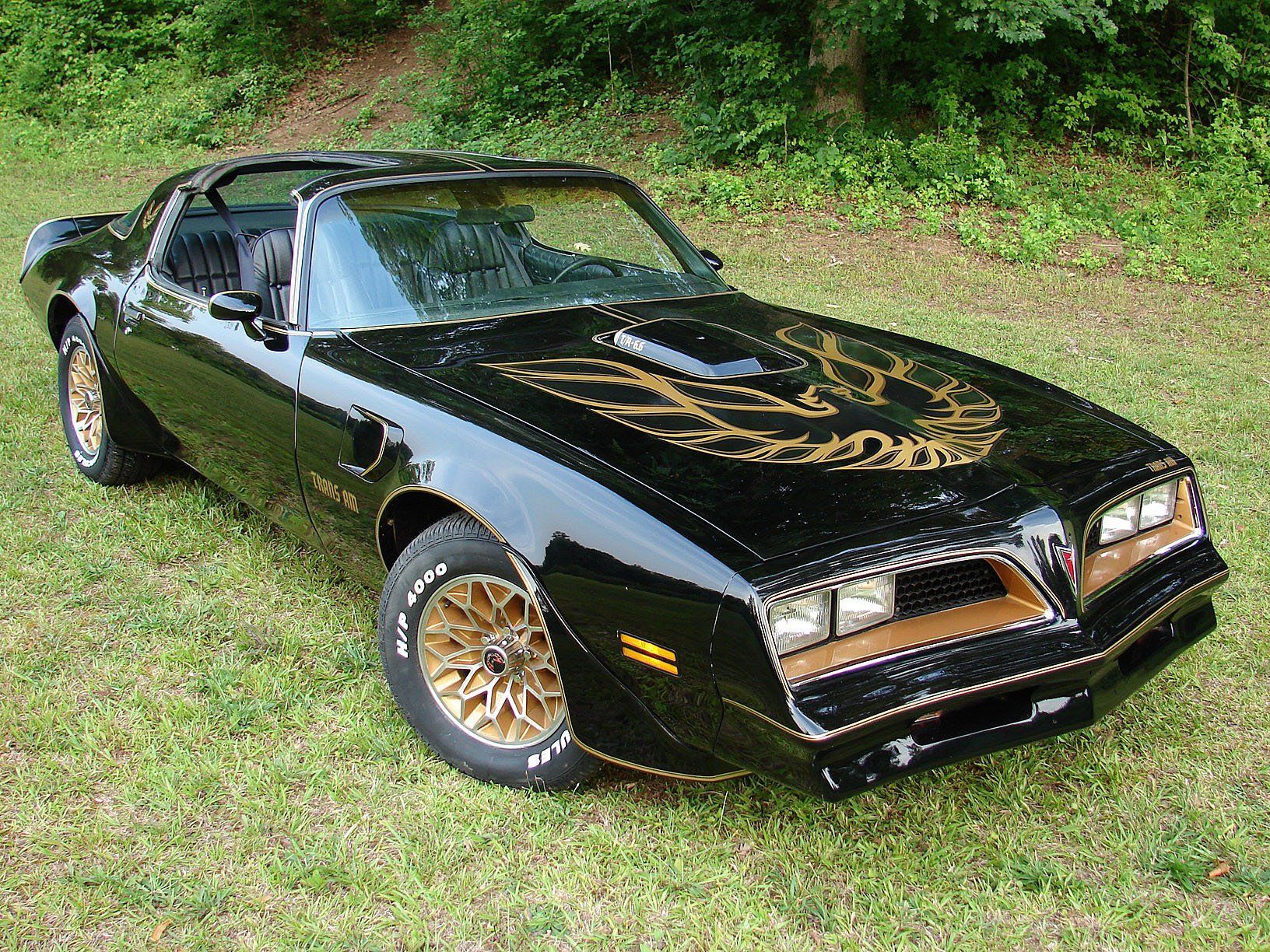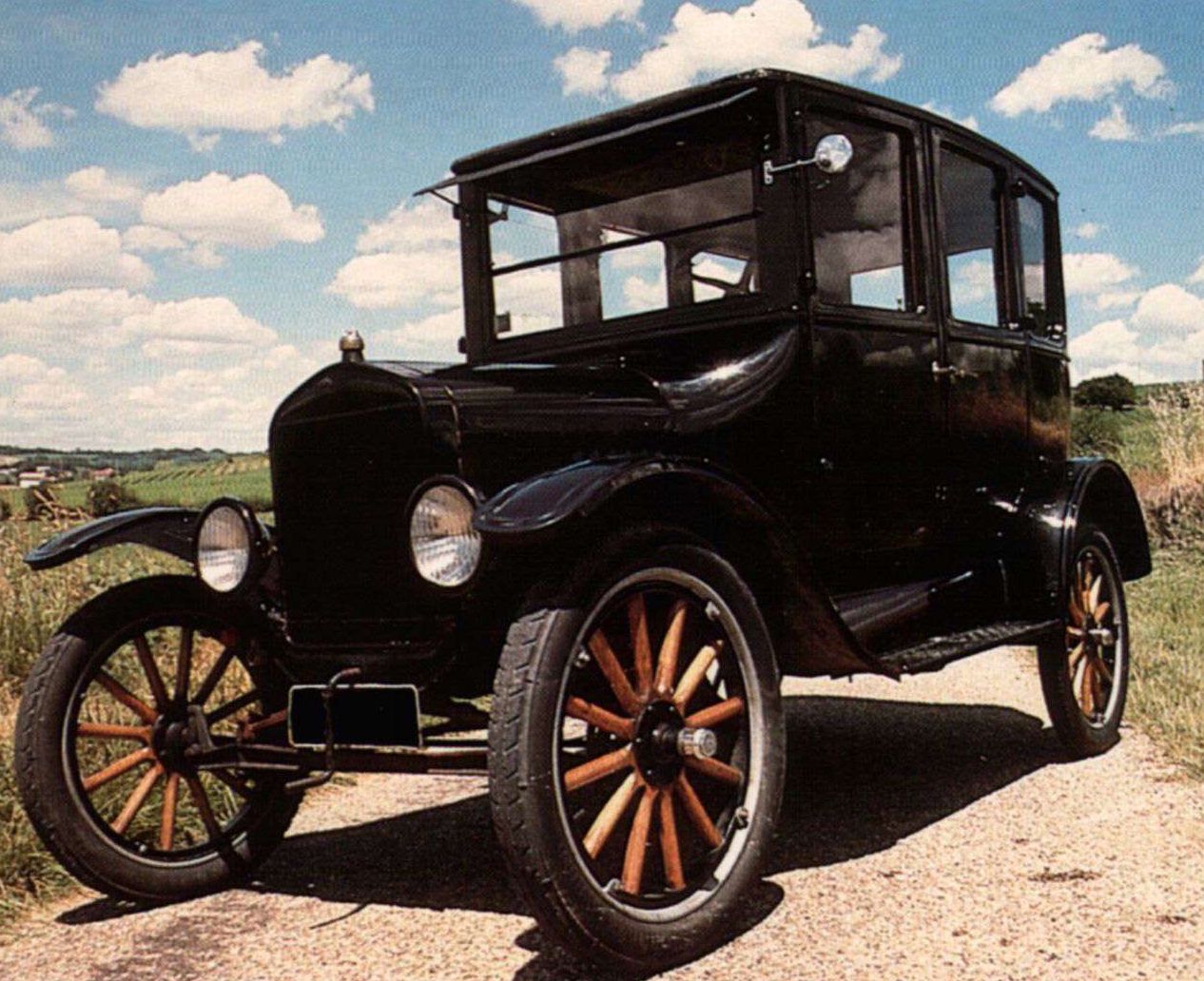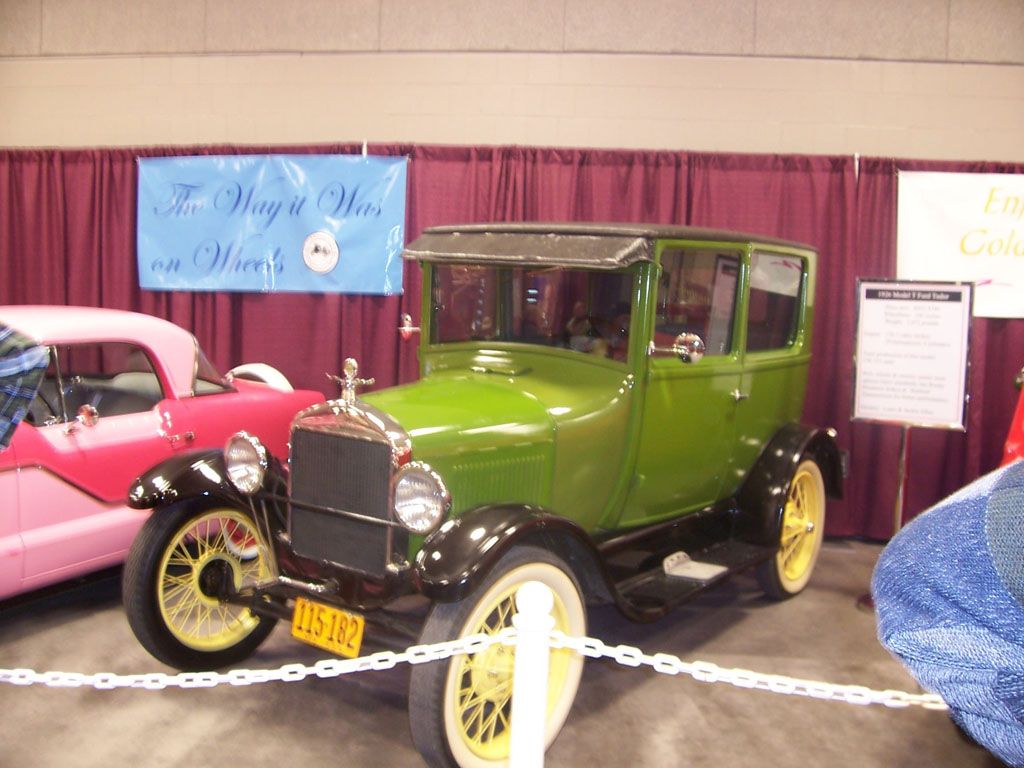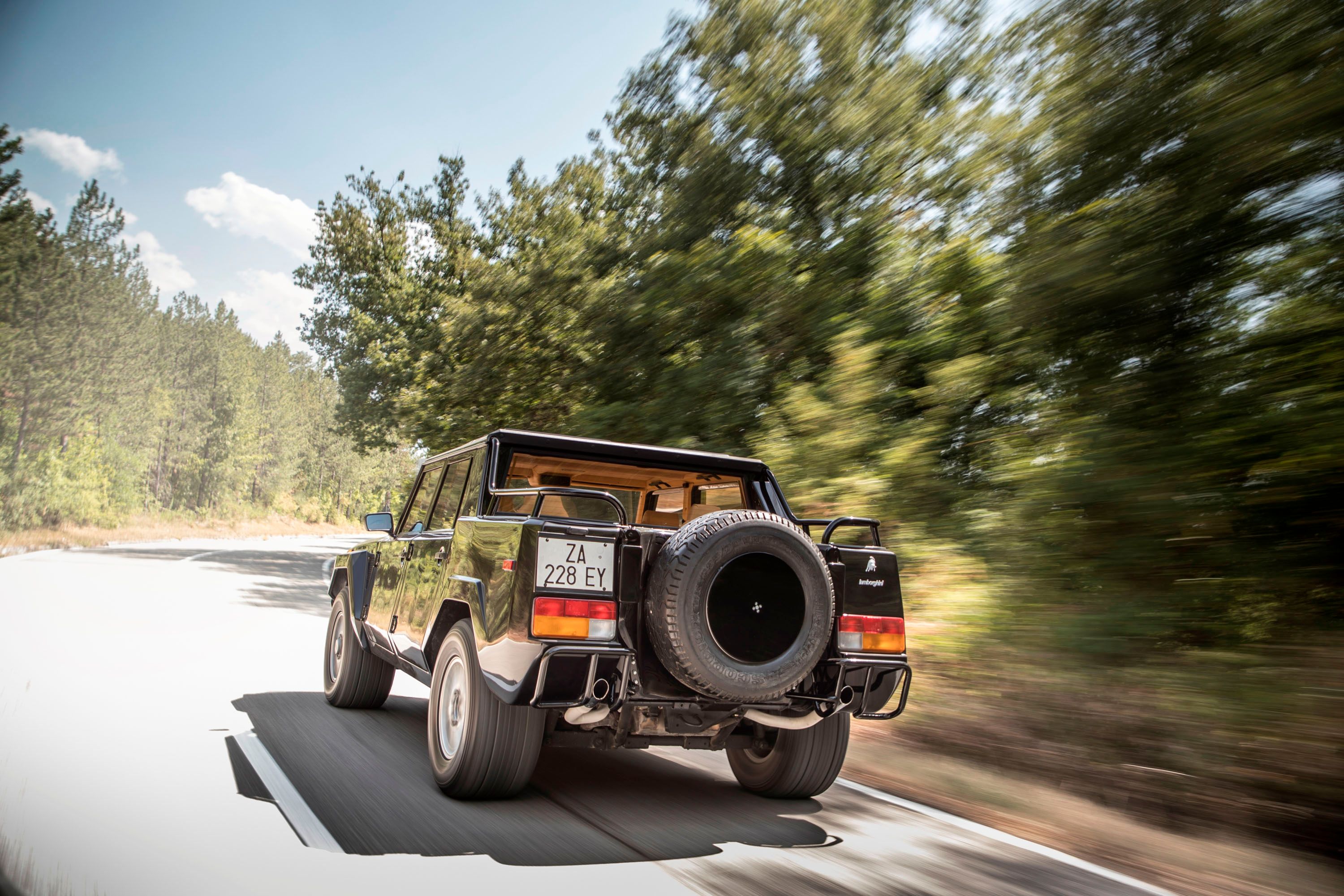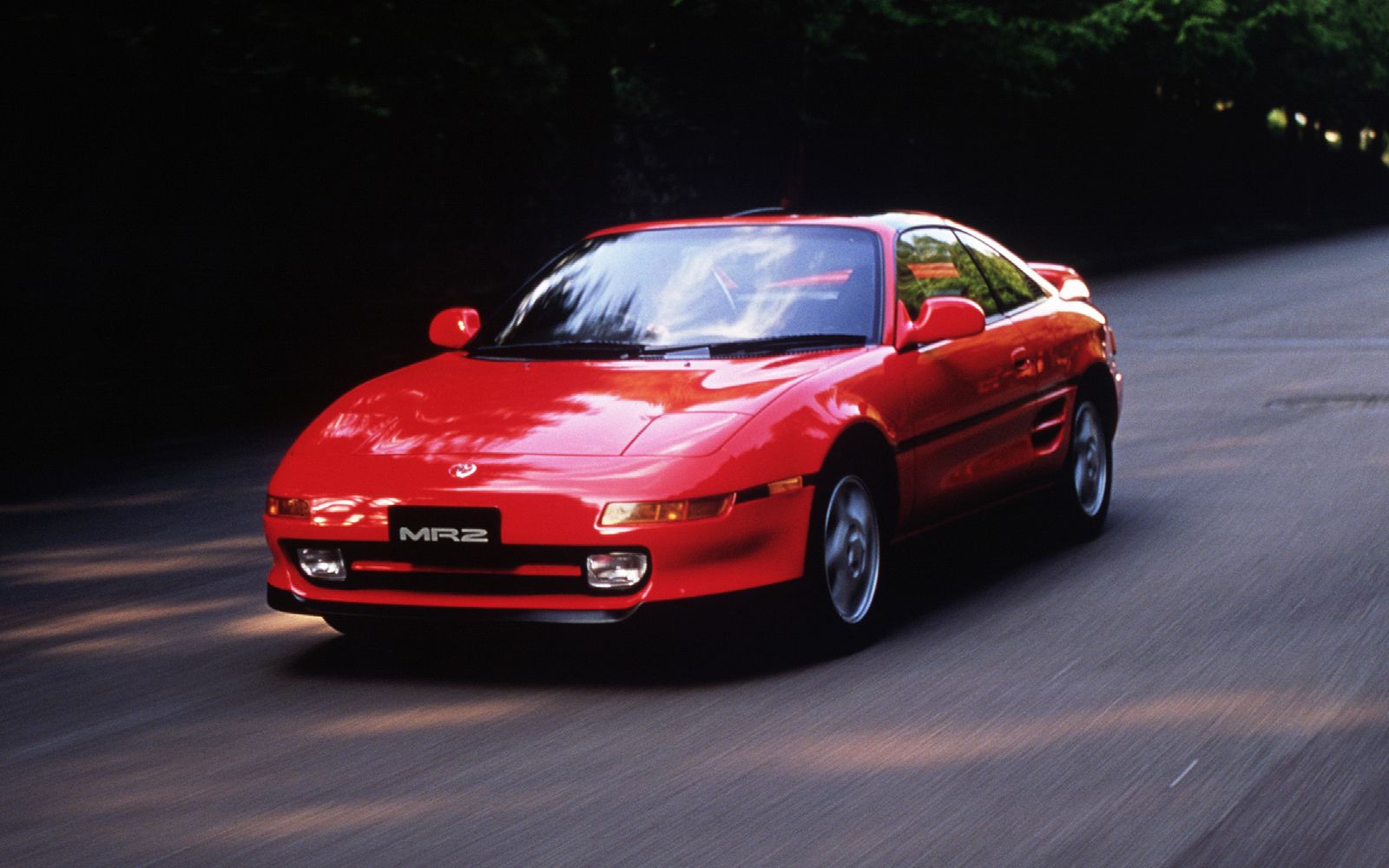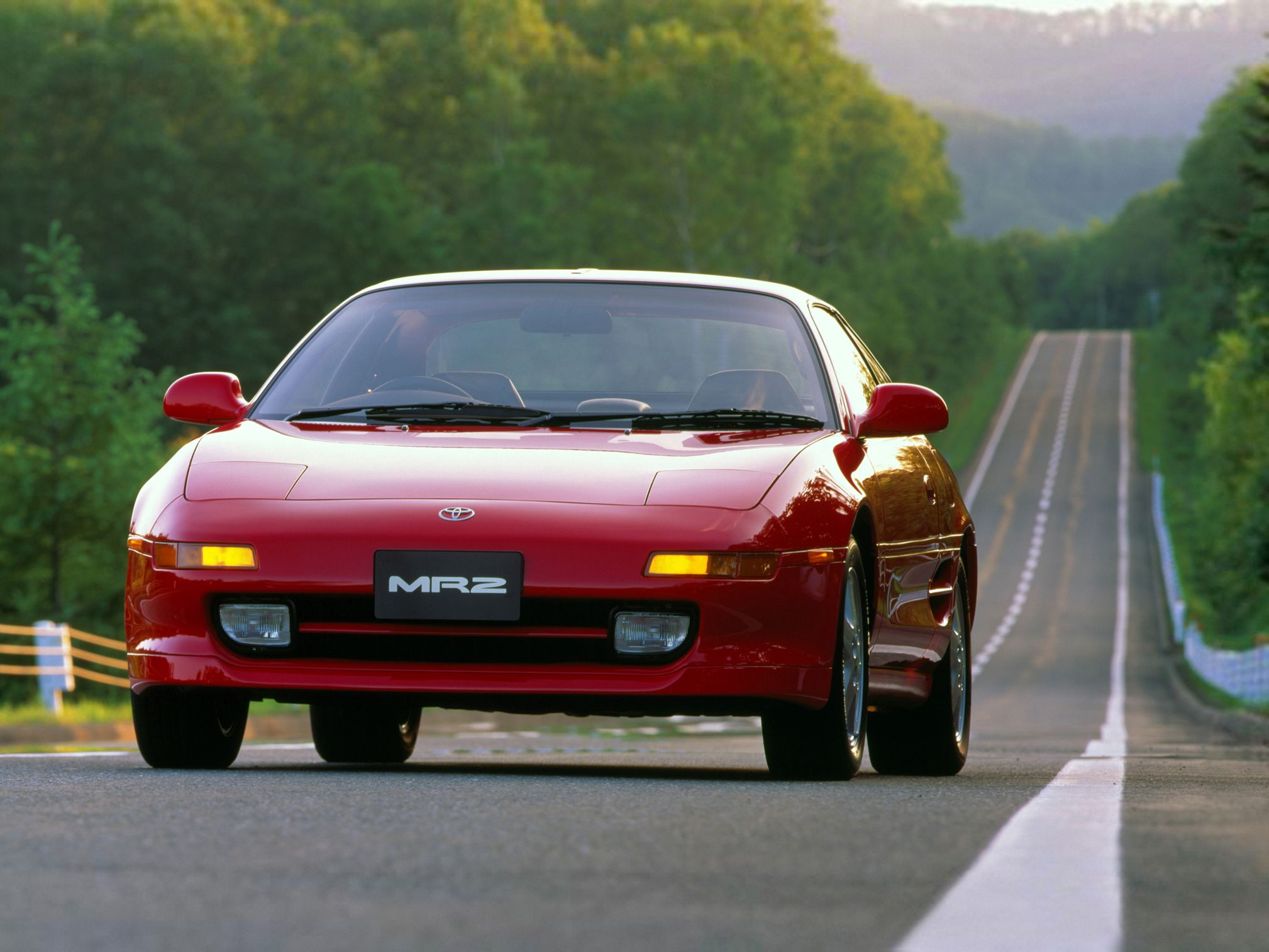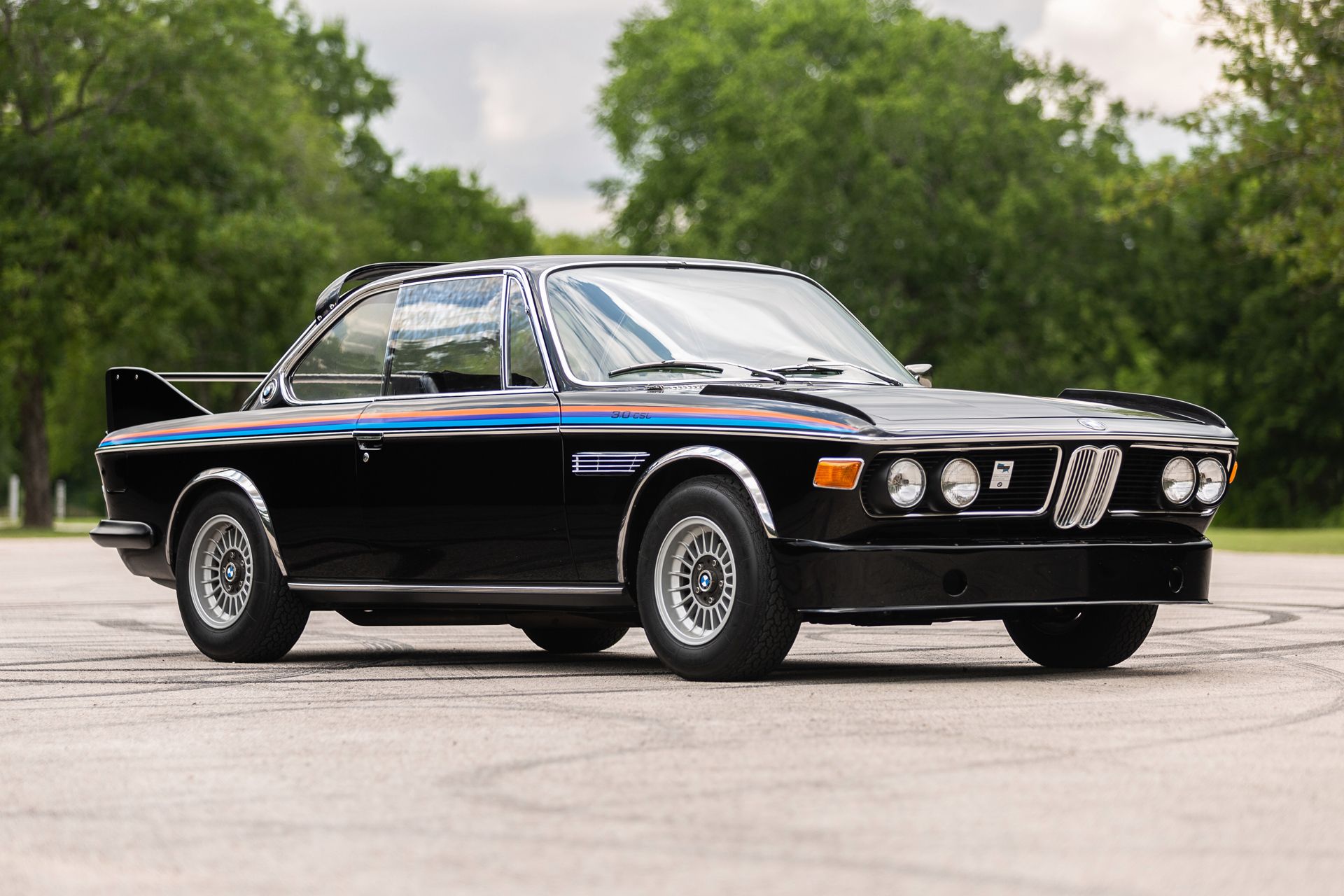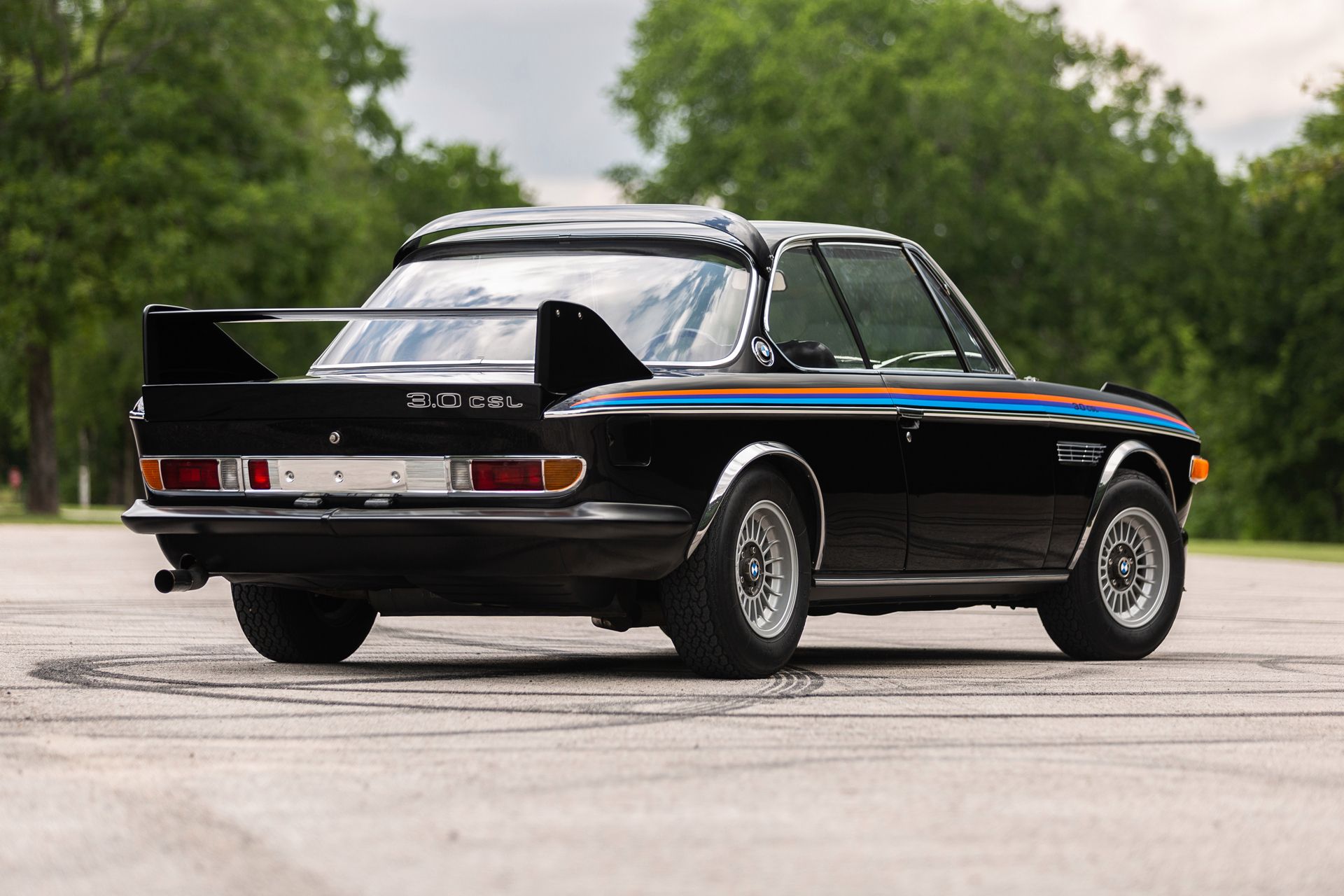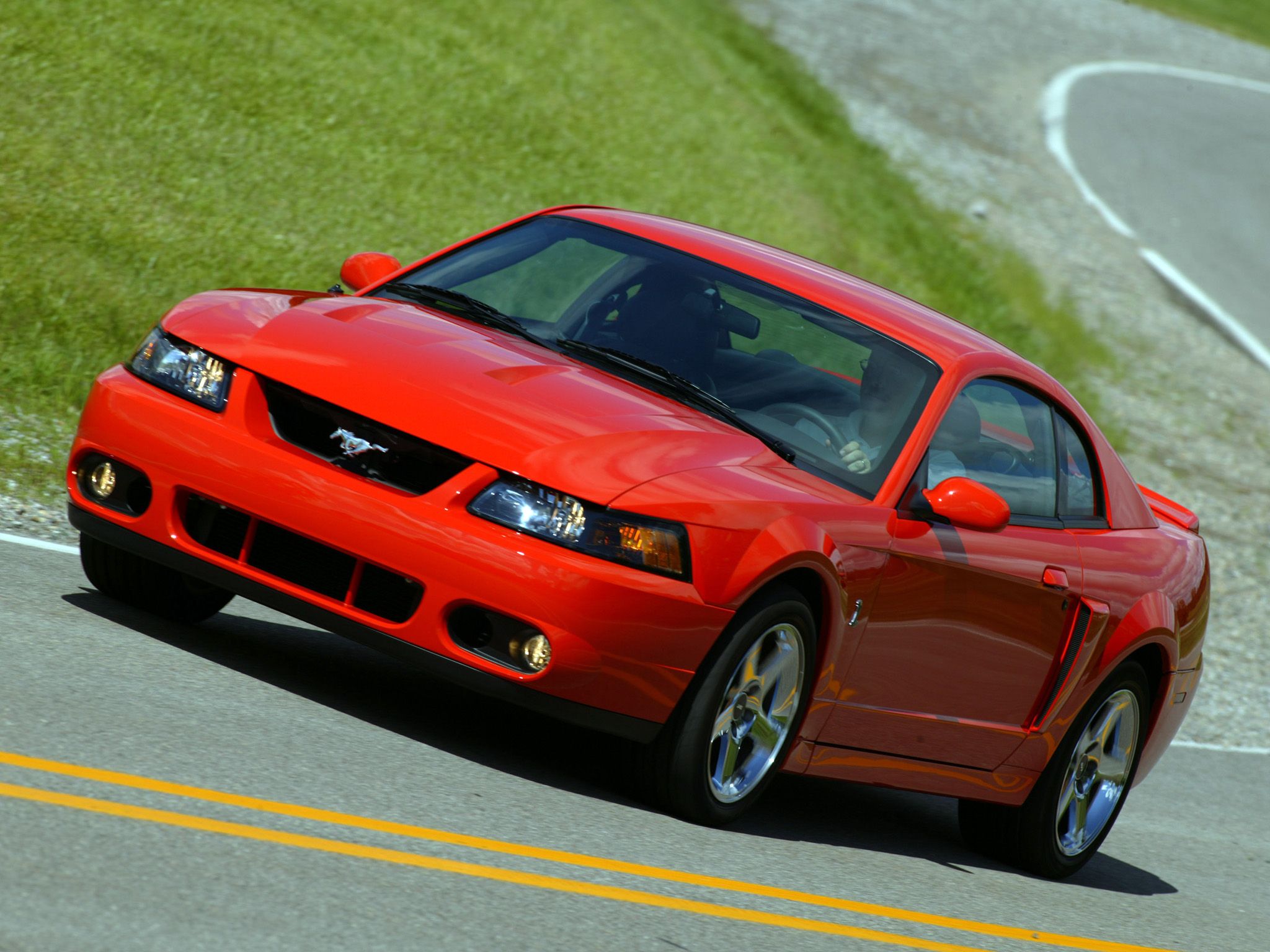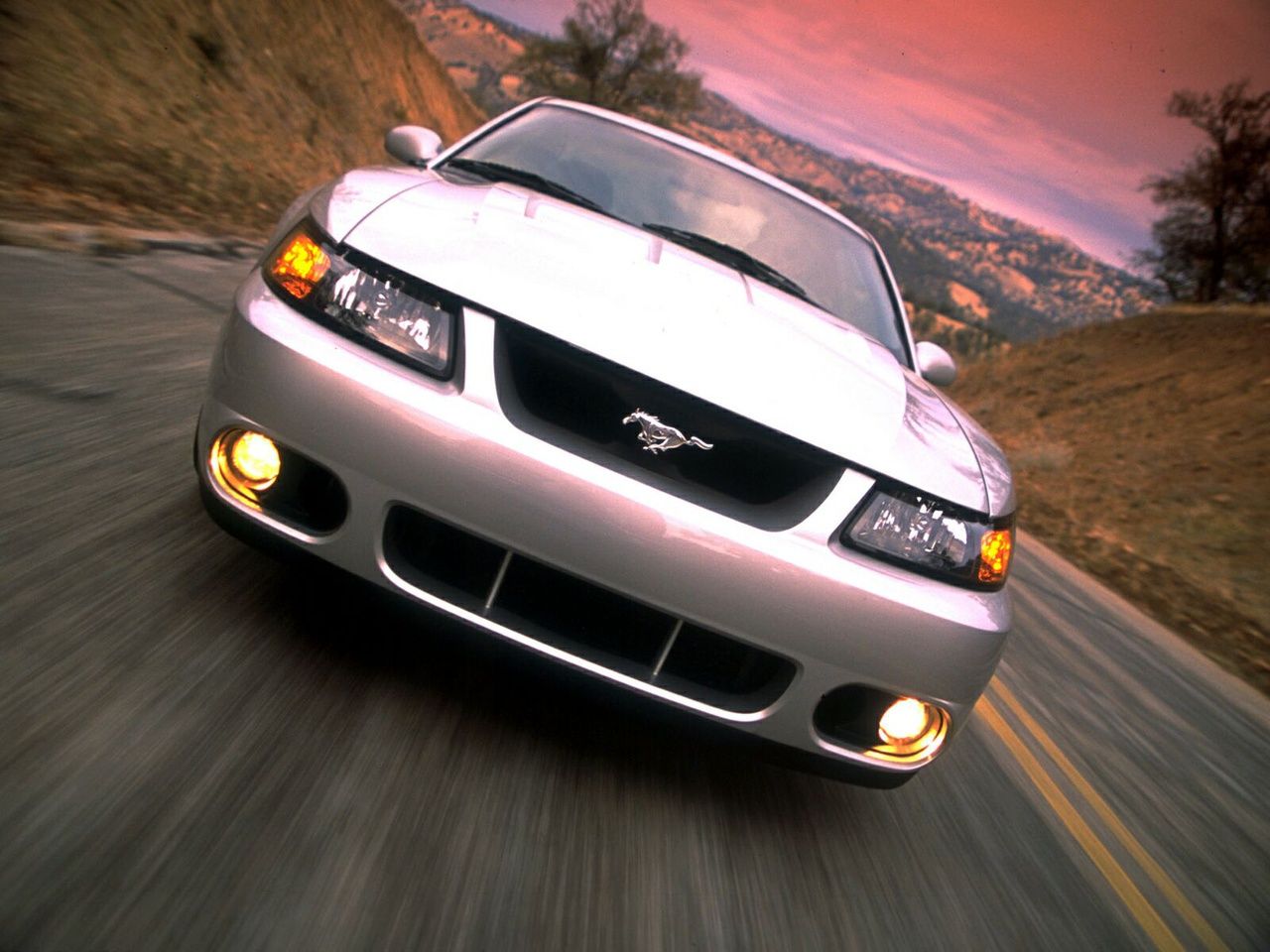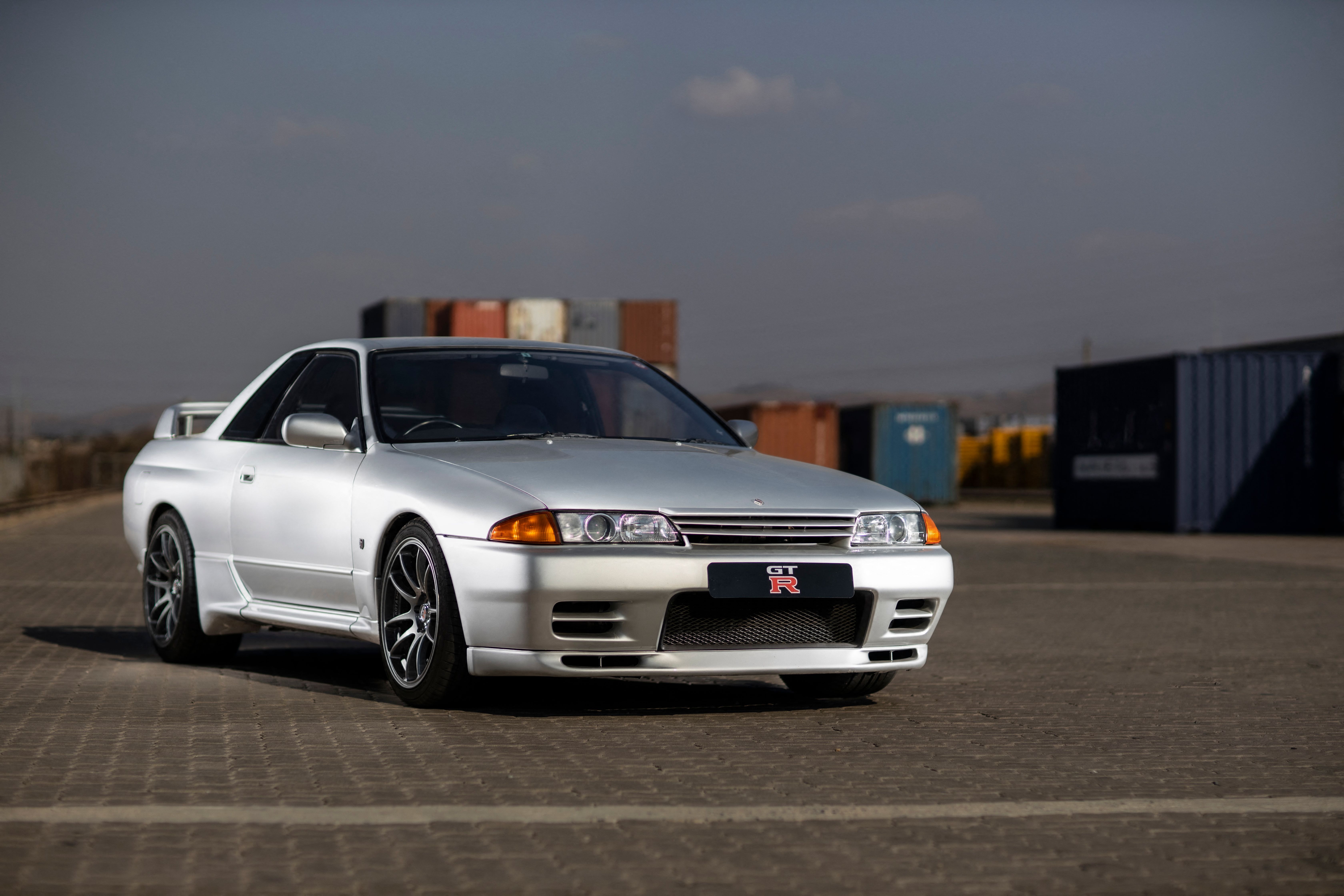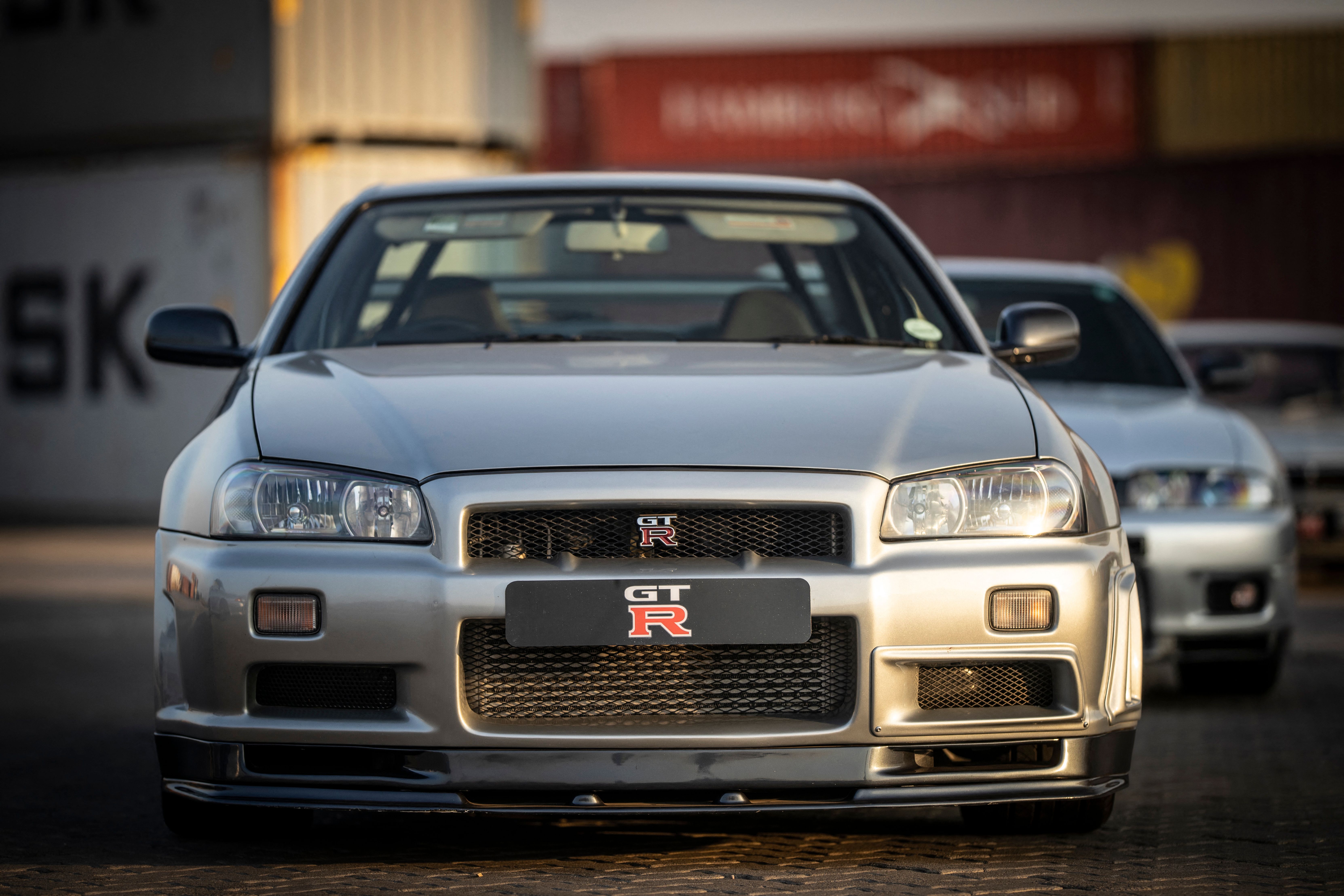Since the invention of the automobile, in 1885, we have had many vehicles, both good and bad. But nothing makes a car truly special as getting its own nickname. There are plenty of cars that have received a nickname, for various reasons. From being associated with certain groups of people, through having a distinctive design feature, or dominating motorsports, to simply being dangerous to drive, these are the 15 coolest car nicknames.
Mercedes S-Class (W140) - The Bear
This one may not be as obvious unless you are from Eastern Europe, but the W140-generation of Mercedes S-Class became known as the car of choice for the Russian mafia, as well as various similar organizations in countries from the former Eastern bloc. Whenever you saw a (usually) blacked-out W140, it meant something was going down.
Otherwise, the W140 was a typical 1990s Mercedes, as in it was built like a tank. To this day, the W140 is one of the most sought-after German executive sedans, on the used market and has even held up its value better than its replacement, the W220. “The Bear” came with a variety of turbodiesel and petrol engines from 3.4 to 6.0 liters.
The most sought-after versions are the S500, which comes with the 5.0-liter M1119 V-8 that makes 320 horsepower and 347 pound-feet (470 Nm), and the S600, which has a 6.0-liter M120 V-12 with 394 horsepower and 420 pound-feet (570 Nm), later used in the Pagani Zonda.
Read our full review on the Mercedes S-Class (W140)
Buick Electra 225 - Deuce And a Quarter
This one is closer to (actually at) home, assuming you are from the US. The Buick Electra was a full-size luxury car, made between 1959 and 1990, spawning six model generations. Each generation had a few different wheelbase versions, but it was a version of the first generation that had a length of 225 inches, which is where the mouthful of a nickname comes from.
Technically, the first-generation Electra 225 was 225.4 inches in length. The Deuce and a Quarter nickname stuck until the fourth generation. After that, there was no longer a version of the car, called Electra 225, as GM started using different names like the Electra Park Avenue (sedan), Electra Limited Landau (coupe), and Electra Estate Wagon.
Read our full review on the Buick Electra 225
BMW 6 Series (E24) - Shark Nose
The original BMW 6 Series, dubbed internally E24, is one of the most iconic BMW models to date. It also represents a time when BMW was at the top of its game, both in terms of motorsport success and design. The shark nose is a signature design element of the 1970s and even 1960s BMW models, and actually started with the BMW 3.0 CSL E9, which, arguably, has an even cooler nickname (see below).
The pinnacle of the shark nose design is considered to be the E24, as every “Beemer” after it featured a smoother design, which eventually transitioned to today’s BMW design language. The shark nose features a reverse angle to what we see on most modern vehicles, which means that the upper fascia is the furthest point at the front of the car, instead of the splitter. The design is so iconic that BMW is trying to replicate it with the next-generation BMW 5 Series, set to debut in 2024.
Nissan Skyline 2000 GT-R (C10) - Hakosuka
The Skyline GT-R is a name that would give any JDM fan butter legs. It all started in 1969, with the C10 generation, which like the R32 GT-R, was a homologation race car. The C10 was actually the third-generation Skyline, but the first to get a GT-R version. It started life as a Prince, which was a small Japanese car company, but eventually, Nissan acquired it.
Hakosuka is made of two Japanese words, which mean “boxy” – “hako” and a short word for “sukairain” (skyline)– “ska”, which roughly translates as “sky”. Essentially, it means “boxy sky”. The GT-R won every single race it entered, with 49 of them in a row. In the end, a rotary Mazda broke its winning streak. Its S20, triple-carburated, Prince, racing engine may have had only 2.0 liters of displacement, but developed an impressive for the time 160 horsepower and 133 pound-feet (180 Nm), while sounding insane.
Volvo 850 - Flying Brick
Remember the boxy Volvos from past? The Volvo 850 is one of the last models to feature the iconic square design. Thanks to the Volvo 850 R, which is the hot version of the Swede, it’s also a very desirable and practical sleeper. That’s because, back in the day, you would never have guessed that it has a 2.3-liter turbocharged inline-five that makes 250 horsepower and 258 pound-feet (350 Nm) – astonishing numbers for 1997, especially for a sensible Volvo.
The “brick” part is quite self-explanatory. The Volvo 850 simply looks like a brick and in 850 R form, it was definitely “flying”. Manual versions of the 850 R could hit 60 mph (97 km/h) in around 6.4 seconds, on to a top speed of 158 mph (255 km/h). Automatic versions had a reduced output, for reliability reasons – 240 horsepower and 221 pound-feet (300 Nm).
Moreover, the sensible people a Volvo decided to enter the Estate (station wagon) version of the car in the British touring car series (BTTC), due to it generating more downforce. The Volvo 850 proved capable on and off the racetrack, and lived up to the nickname, “Flying brick”.
BMW Z3 Coupe - Clown Shoe
The BMW Z3 came out in 1995 and was produced until 2002. It came as a soft-top convertible and a coupe version. It was the latter that got the nickname “clown shoe”, because of its rear-end design. Unlike most fixed-head coupes, the Z3 coupe was more of a shooting brake. The roofline ended abruptly, by taking a sharp turn down, towards the Z3’s rounded haunches.
This resulted in large quarter windows and, subsequently, great visibility. That said, with the Z3’s long front end, featuring a clamshell-style hood with pronounced wheel arches, the car literally looked like a clown shoe.
Despite the controversial looks, the BM Z3 was powered by a variety of potent inline-six engines (and a few gutless inline-fours), the most powerful of which was the S54, 3.2-liter engine with 321 horsepower and 258 pound-feet (350 Nm) for Europe, or 315 horsepower and 251 pound-feet (340 Nm) for the US version. The Z3 was based on the E36 platform, but utilized an E30 rear semi-trailing arm.
Read our full review on the BMW Z3 Coupe
Mazda RX-7 - Rotary Rocket
This one is more well-known amongst Mazda enthusiasts. Some suggest that the nickname “rotary rocket” was first given to the Mazda RX-3 for managing to end the Nissan Skyline 2000 GT-R’s race-winning streak. However, the general consensus is that the flattering moniker belongs to the RX-7 FD. While we can spend plenty of time talking about the pros and cons of its 13B REW, twin-rotary engine (there are plenty of both), the “rotary rocket” changes direction as fast as it accelerates in a straight line.
Whilst other JDM icons of the 1990s – Supra, Skyline, 300ZX, etc. – were technological tour de force, the Mazda matched their performance (stock for stock) by being incredibly balanced and lightweight, by comparison. That became particularly obvious on technical courses, which is why enthusiasts nicknamed it “the rotary rocket”.
Pontiac Firebird Trans Am - Screaming Chicken
The Pontiac Firebird Trans Am, like other iconic muscle cars, has been immortalized in cinema. Burt Reynolds drove one in Smokey and the Bandit, and the car also served as an inspiration to Knight Rider’s K.I.T.T. Unfortunately, by the mid-1970s stringent emissions regulations meant that the Trans Am would only look fast. By 1977, the 6.6-liter (400 CID) produced a measly 185 horsepower.
One of the most distinctive design elements of the Pontiac was the Phoenix bird, hence the Firebird name. However, many people started referring to it as “the Screaming chicken” and it stuck.
Ford Model T - Tin Lizzie
Henry Ford 1st revolutionized mass-production in automotive manufacturing, with the Ford Model T being at the forefront. Over 15 million copies of the Ford Model T were made. There is more than one theory as to where the nickname originated from. According to one theory, in the past, Elizabeth or Lizzie was a common name for a sturdy and reliable workhorse. Given the analogies made between cars, it was a logical nickname.
Another theory suggests, the nickname came because of a race, held during 1922. In the past, dealers hosted races in order to create publicity and in the hopes of attracting customers. In 1922, a championship was held at Pikes Peak, Colorado. Noel Bullock, one of the participants, entered with his Model T, which he named “Old Liz”.
“Old Liz” was not a looker, as it lacked body paint and a front hood. Spectators compared the tired-looking Model T to a tin can, which is where the nickname came from. “Tin Lizzie” also ended up winning the race, to everyone’s surprise.
Read our full review on the Ford Model T
Lamborghini LM002 - Rambo Lambo
Lamborghini is mostly known for its supercars, but the company actually started out as a tractor manufacturer. With this in mind, we can say that the Lamborghini LM002 SUV was somewhere in between. On a serious note, the LM002 was based on the Cheetah – a military vehicle, commissioned by the US military. However, AM General ended up winning the bid, which resulted in the HUMVEE and, eventually, the Hummer H1, thanks to Arnold Schwarzenegger.
It was then decided that a road-going production version would be built, on the basis of the Cheetah and LM001 prototype. The Lamborghini LM002 came out in 1986 and, by 1993, 328 were made. Some believed that the nickname “Rambo Lambo” came because, at the time, Sylvester Stallone’s Rambo was a hit, while others suggest it’s simply because of the car’s original purpose.
The LM002 was powered by a 5.2-liter V-12 from the Countach, which made 420 horsepower (450 for Europe), while a few examples came with an even more powerful, 7.2-liter V-12 marine engine.
Read our full review on the Lamborghini LM002
Toyota MR-2 SW20 - Poor Man's Ferrari
During the 1990s, a lot of affordable coupes with Italian styling came out. The nickname “poor man’s Ferrari” was used for the majority of them, among which Peugeot 406 Coupe, Opel Calibra, Hyundai Tiburon, and even the Honda NSX, which was slightly less attainable than the others.
However, the nickname went best with the Toyota MR2, particularly the SW20 generation, which shared not only the mid-engine layout of the Ferrari 348 of that time, but also the side vents and even the pop-up headlights. The most desirable version – the GTS - came with a 3S GTE, 2.0-liter engine, shared with the rally-bred Celica GT-Four.
With 245 horsepower and 224 pound-feet (304 Nm), the small and nimble Toyota came dangerously close to the Ferrari 348, in terms of performance, It was just 0.1 seconds away from its 5.4-second 0 to 60 mph (97 km/h) time. Of course, being a Toyota, it costs a lot less than the Ferrari so, you get the idea.
Read our full review on the Toyota MR-2 SW20
BMW 3.0 CSL (E9) - Batmobile
The BMW E9 is the predecessor to the BMW E24, which is another iconic Bavarian model. The sleek German coupe came out in 1968, but it was in 1972 its most iconic version, the Coupe Sport Leicht (CSL) came out. The 3.0 CSL was a homologation special, built in order to allow the car to race In the European Touring Car Championship.
Initially, the 3.0 CSL was powered by the same engine as the 3.0 CS, but eventually, a new 3.2-liter unit was given, in order to make the car more competitive in the class over 3.0 liters. The new engine produced 206 horsepower and 211 pound-feet (286 Nm).
As for the nickname, the BMW 3.0 CSL was nicknamed “Batmobile” due to its radical body kit, compared to the lesser versions. It had a tall rear wing, chunky front splitter, and various aero bits throughout the body that gave it a very menacing look.
Read our full review on the BMW 3.0 CSL
Ford Mustang SVT Cobra - Terminator
Ford Mustang vs Chevrolet Camaro is one of the longest automotive rivalries, in history. That said, there was a time when the Mustang pounded the Camaro and its derivatives (Firebird) into submission. It did so with the 2003 Ford Mustang SVT Cobra. The menacing SN95 Mustang was powered by a 4.6-liter supercharged V-8, rated at 390 horsepower and 390 pound-feet (529 Nm). However, dyno tests had revealed that the SVT Cobra actually makes 440 horsepower at the crankshaft.
Regardless, the Mustang’s sheer performance, courtesy of Ford’s Special Vehicles Team (SVT) allowed it to literally terminate the competition, earning it one of the most badass nicknames ever – the Terminator.
Read our full review on the Ford Mustang SVT Cobra
Porsche 911 (930) Turbo - Widowmaker
The Porsche 911 will remain one of the most distinctive and capable sports cars, in history. With its rear-mounted flat-six engine, it delivers one of the most unique driving experiences. However, the driving experience can be quite scary if you find yourself in an older, air-cooled 911 Turbo. The 930-generation Porsche 911 came out in 1975 and was produced, all the way, until 1989 and laid the foundation for all future 911 Turbo generations.
Older 911s tend to suffer from lift-off oversteer, which is what happens when you lift your foot off the throttle, too quickly. The 930 Turbo brought even more “fun” to the party, by introducing forced induction. Old turbocharged engines suffer from turbo lag. The bigger the turbo, in relation to the engine, the bigger the duration of the lag, and once the boost kicks in mid-corner, you better know what you are doing.
Quite a few people were not able to tame the 930 Turbo’s vicious power, which is no surprise, given the car’s output of up to 330 horsepower and 304 pound-feet (412 Nm). Hence, the 930 Turbo became known as the Widowmaker. At little over 3,000 pounds (1,350 kg), the 911’s turbocharged flat-six didn’t even break a sweat, in contrast to its drivers.
Read our full review on the Porsche 911 (930) Turbo
Nissan Skyline GT-R (R32) - Godzilla
In our time, the GT-R name is mostly associated with the JDM tuner scene. However, like the original 1969 GT-R, the 1989 R32 GT-R was also a touring car homologation special. The R32-generation Skyline brought back the three letters, after about 15 years of absence and, like the original car, it kicked everyone’s butt in motorsports. As a result, it not only dominated the racing series, effectively killing the sport, but also earned its nickname.
Of course, we can spend endless amounts of time, waxing lyrics about the incredible RB26DETT engine, but you probably know all there is to know about the Skyline GT-R. The nickname was given by an Australian car magazine, after the GT-R’s complete domination in motorsport. It won 29 out of 29 Touring car races in a three-year period, after which it went on to win at the 24 Hours of LeMans. The Skyline GT-R destroyed everything in its path, just like Godzilla did.
Honorable mention: James Dean's Porsche 550 Spyder - Little Bastard
In addition to being an American actor, James Dean was a big-time car enthusiast and a racing driver. At one point, he bought a Porsche 550 Spyder, after trading in his previous car a 1955 Porsche 356 Super Speedster. Only 90 examples of the Porsche 550 Spyder were made, James Dean’s being one of the most unique and memorable cars.
In addition to having tartan seats and a “130” racing number on the side, James Dean gave the car a nickname - “Little Bastard” – which was painted under the Porsche logo. The actor’s life was ended in a car crash that involved the Little Bastard. While we don’t know the reason behind the choice of nickname, folklore suggests that various parts were used in other cars, after the insurance company sold the wreckage of Little Bastard.
All vehicles that used parts from Dean’s 550 Spyder were said to have been involved in accidents, many of which were fatal, and the car was branded as cursed. Apparently, the car lived up to the nickname.
Read our full review on the Porsche 550 Spyder

